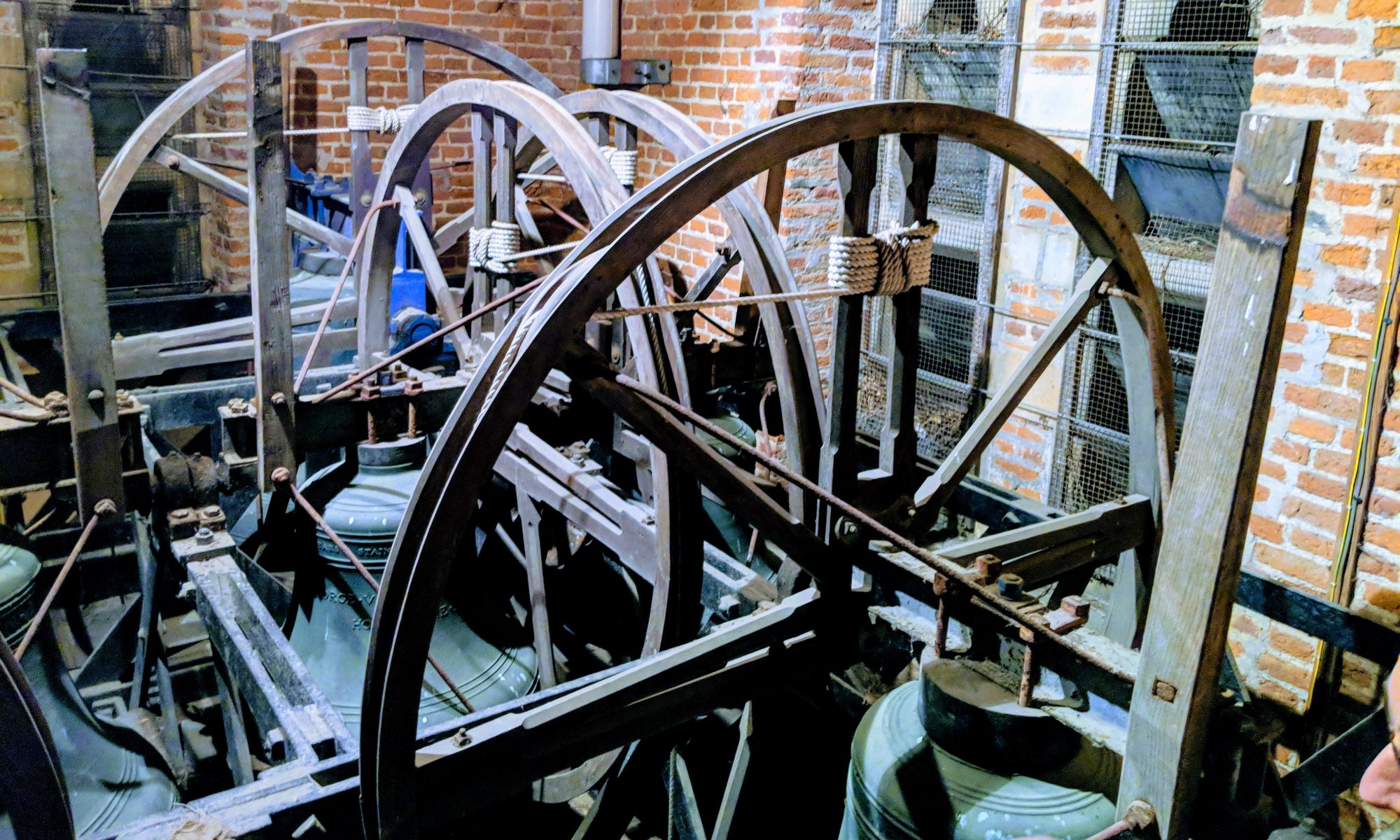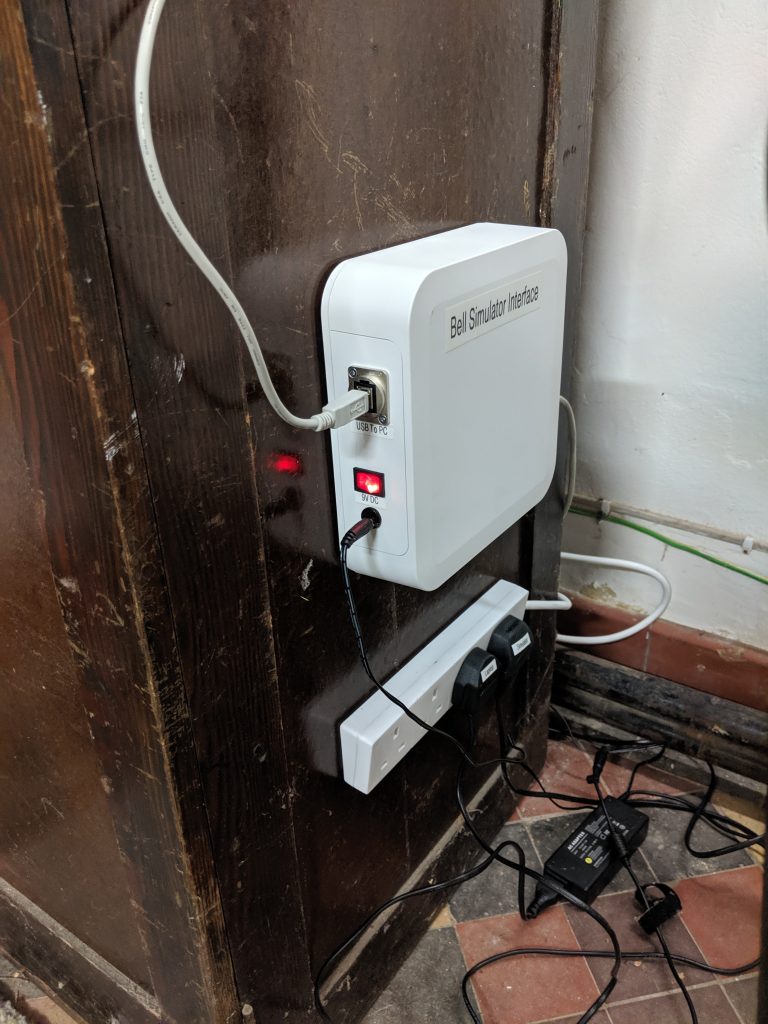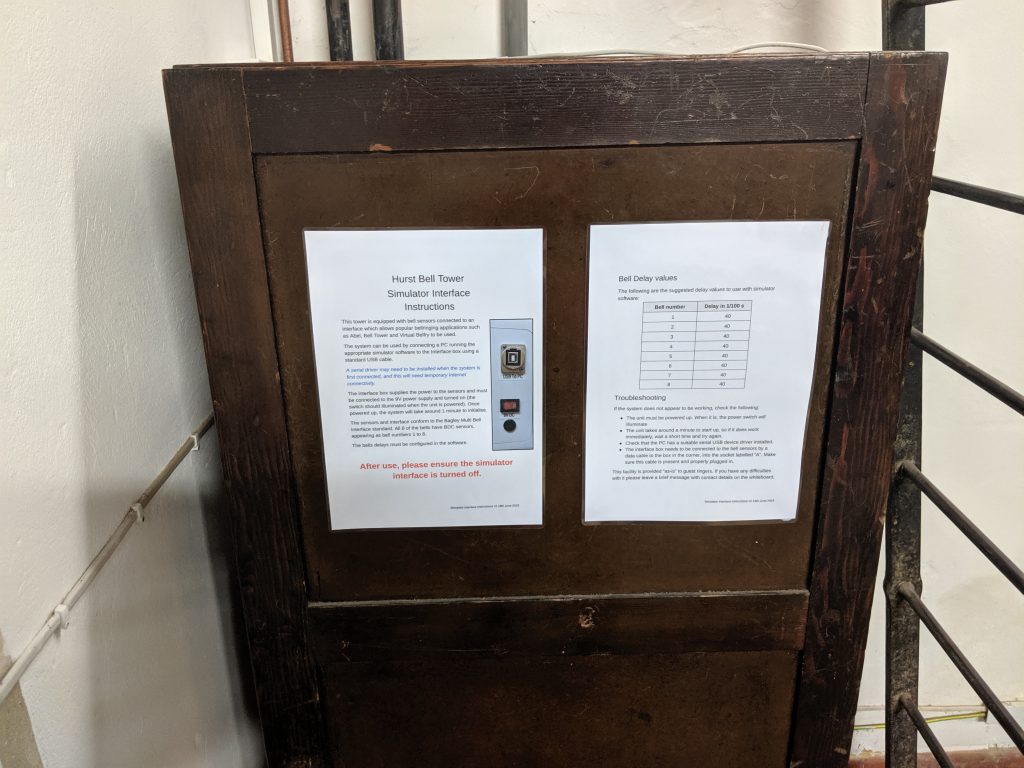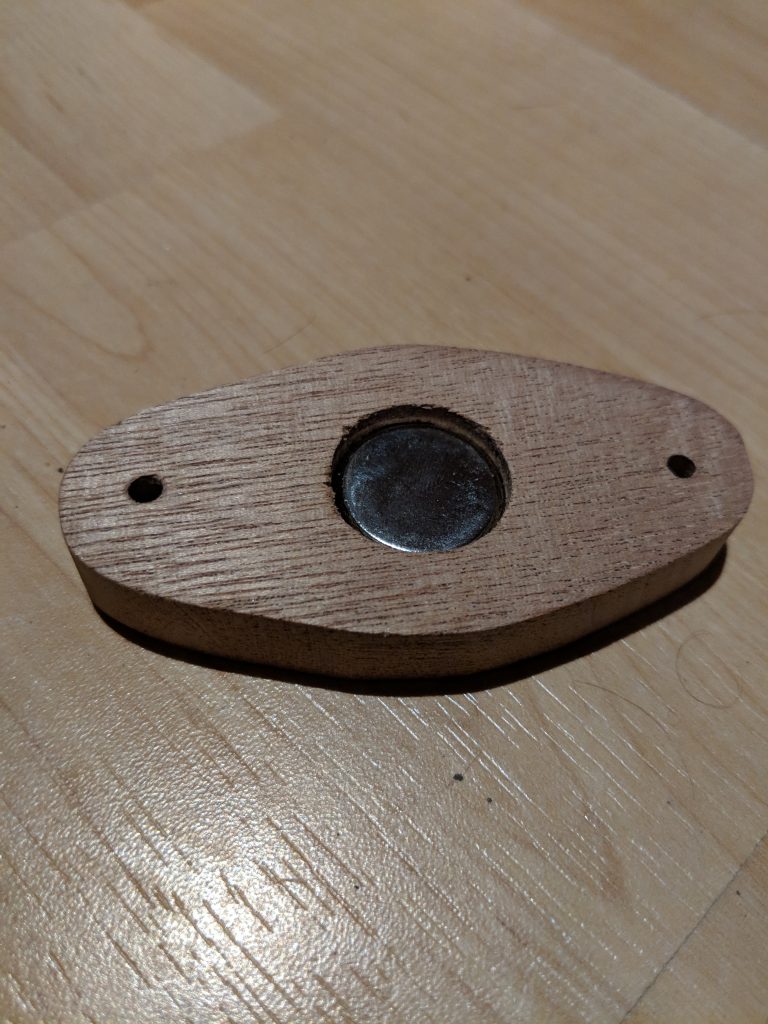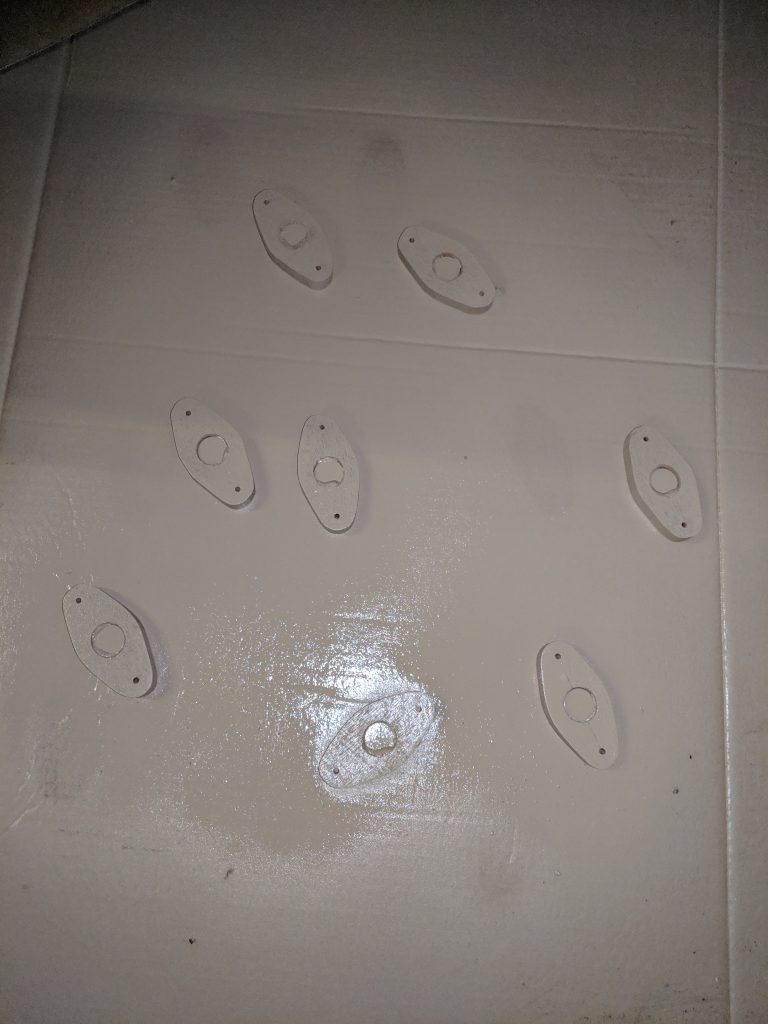The Hurst Simulator
As of June 2018, a ringing simulator has been available at St. Nicholas Hurst bell tower . The local band use this with a laptop running (currently) Abel. However, we have specifically set the bell sensor hardware up so that it can used by visiting ringers who bring their own laptop and software.
What is a “Ringing Simulator”?
A ringing simulator describes an installation where the bells are instrumented with sensors which are then wired into a computer in the ringing chamber running an application which supports a number of useful training aids. When each of the real bells is rung, a signal is sent to the PC application. Typically the PC application provides a software simulation of the bells and ringers. Commonly used applications are Abel, Virtual Belfry, and BelTower.
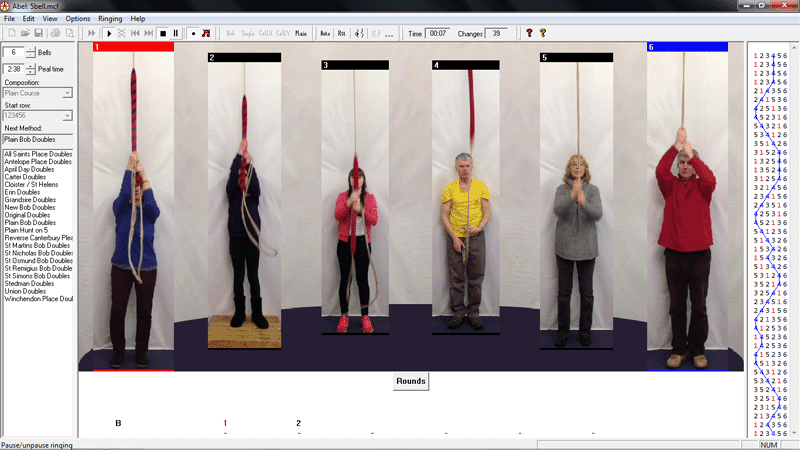
This sort of simulator setup can be an invaluable teaching tool, supporting a number of useful capabilities including:
- Quiet or silent ringing using muffled or tied bells
- Ringing on more bells than the tower has, or has ringers for
- Striking accuracy exercises and analysis
- Bell control exercises
- Ringing technique practice
- Call changes exercises
- Learning methods
History
The idea of a “ringing simulator” was mooted at one of the “practice debrief” sessions in the Castle Inn across the road from the St. Nicholas Church tower by Graham, the Tower Captain back in 2018. At this time, the band were all quite new having mostly been recruited for the Ringing Remembers campaign. The idea was discussed and links to resources exchanged, and this led to the construction and installation of a simulator in the St. Nicholas Church tower over the following months.
The Build
For the months following this initial discussion some of the band did some more research on what was available and what would be required.
Of particular interest was the Liverpool Ringing Simulator Project, an open source, open hardware design based on work undertaken at Liverpool Cathedral with the stated aim of “producing and publishing designs, software and documentation to enable other towers to build and install their own simulators at relatively low cost”. The designs, documentation and software for this are all freely available under various Open Source, Open Hardware, and Creative Commons licences. This includes comprehensive build and installation documentation.
One of the new recruits in the Hurst band was a qualified Electronics Engineer who quickly understood what was required, so printed circuit boards (PCBs) were ordered along with electronics components and strong magnets for the sensors. These were then assembled, and soldered.

Sensor PCBs 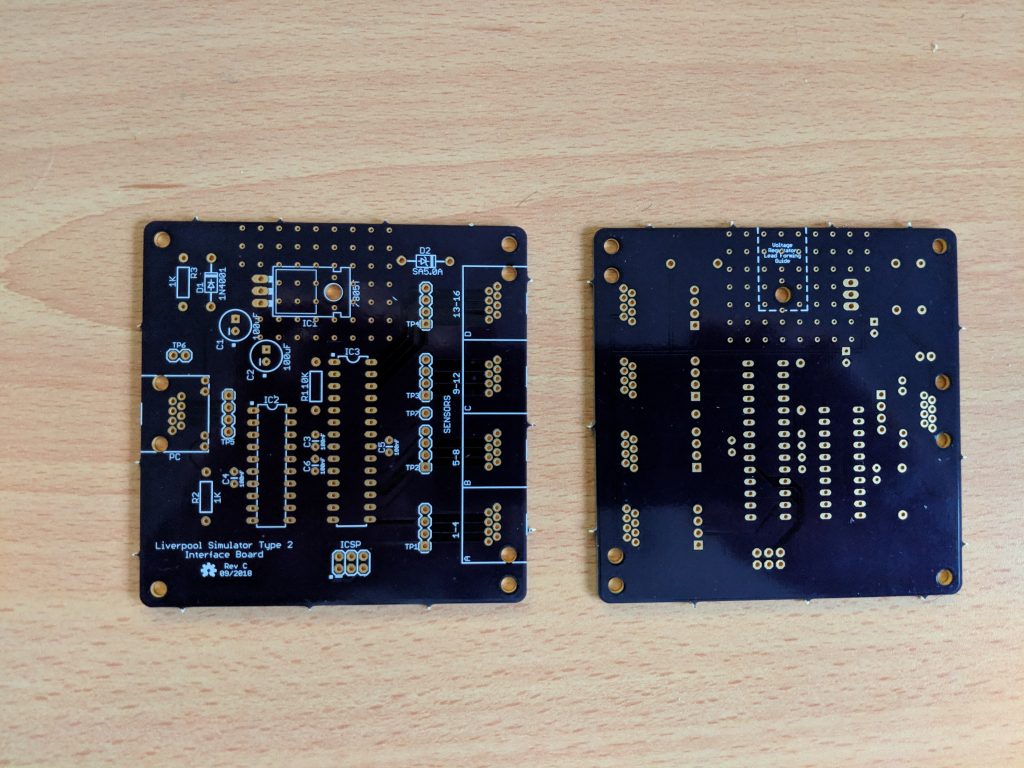
Simulator Interface PCBs 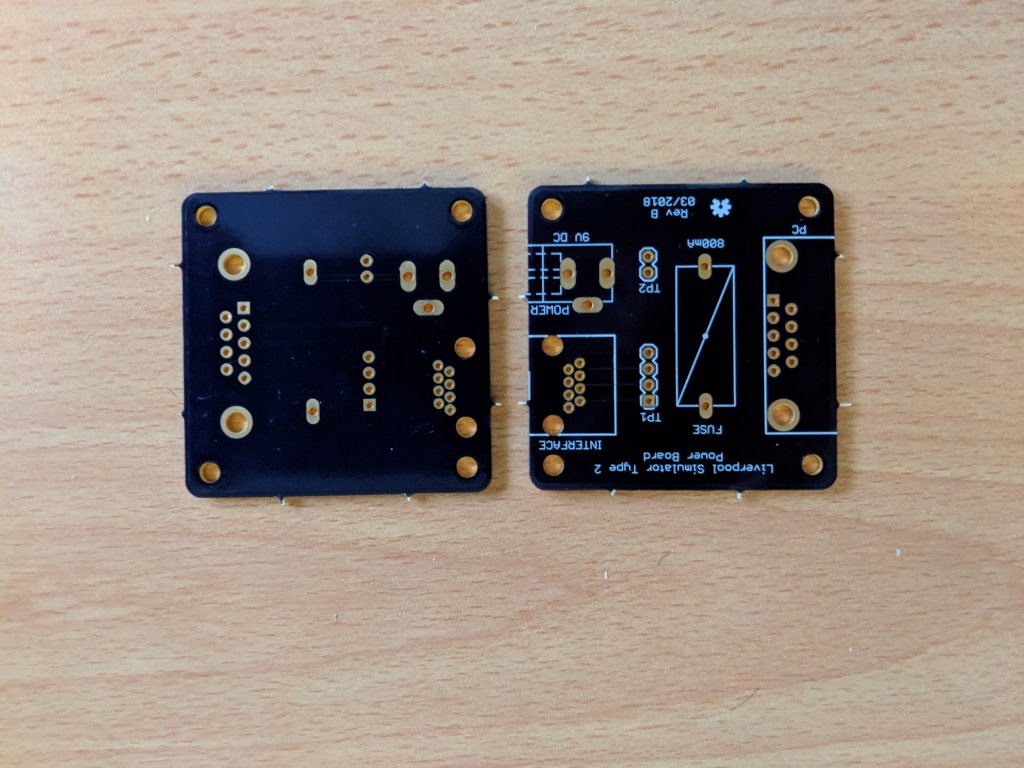
Simulator Power Board PCBs 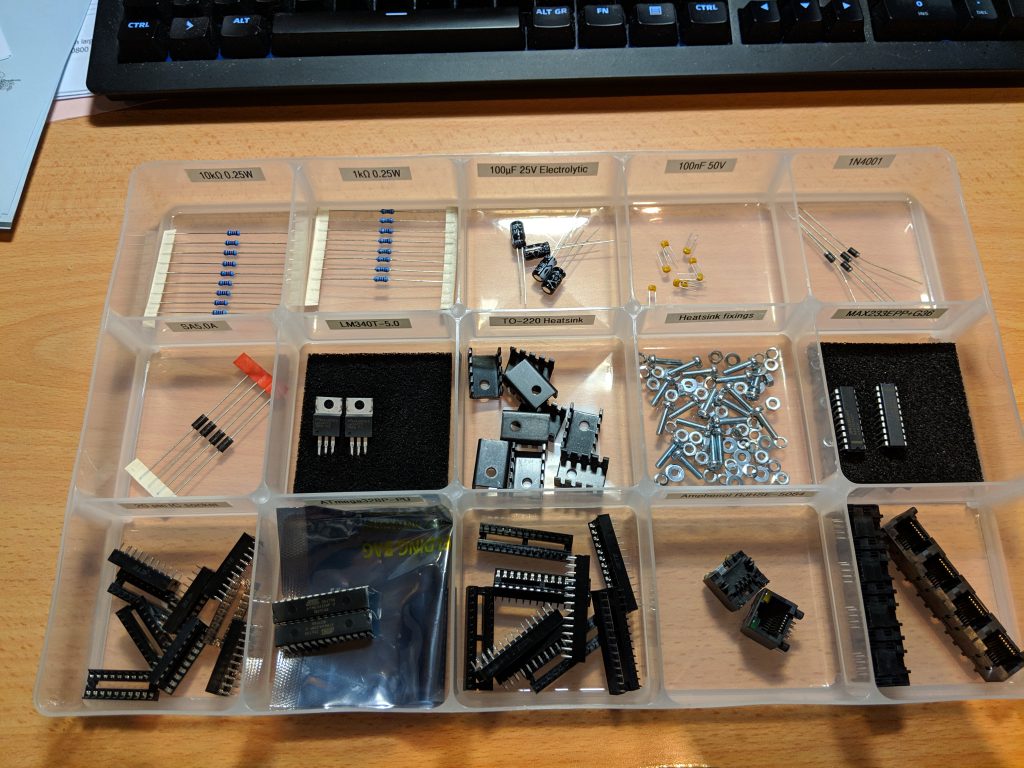
Some of the electronic components 
Assembled Interface and Power boards 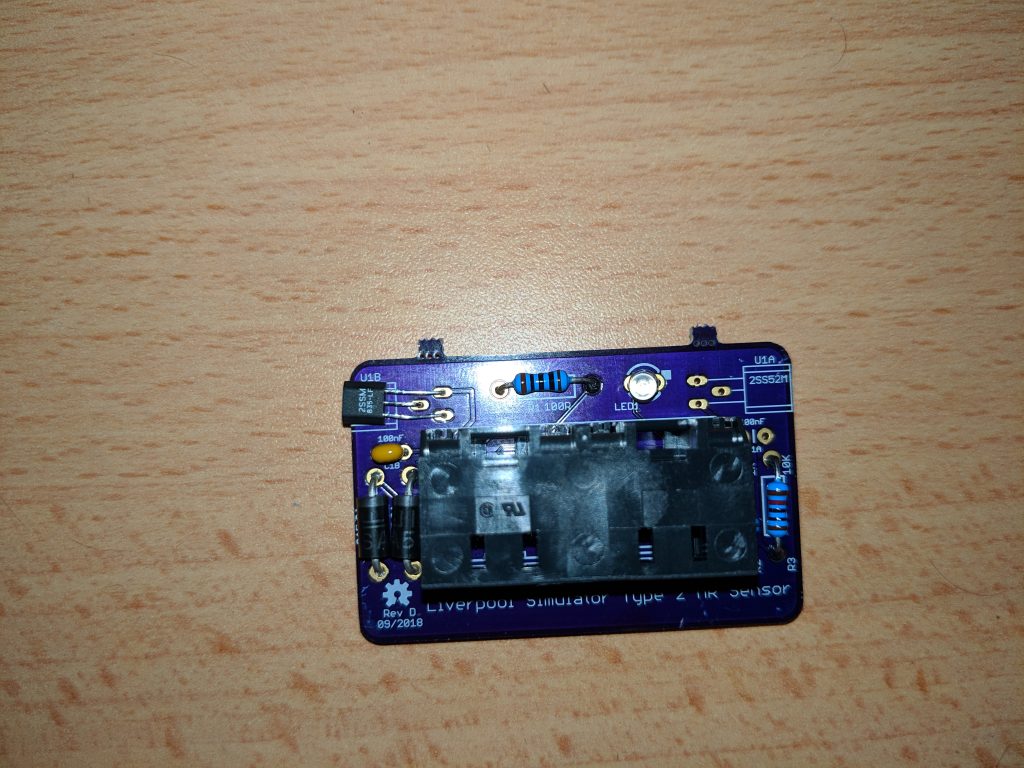
One of the more challenging parts of the build is the programming of the microcontroller on the Interface board. This requires an external programming interface to be connected in order to download the code onto the microcontroller.

Wooden mounting blocks for the magnets were constructed, and the magnets glued in. These were then spray painted with plastikote to preserve them and keep out moisture.
The Installation
Coming soon…
